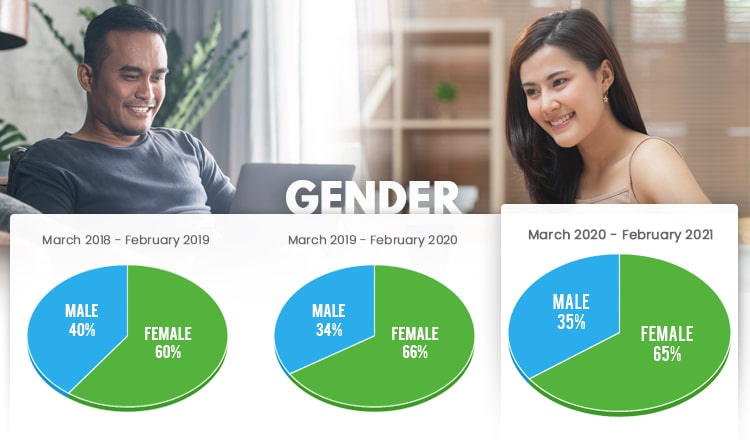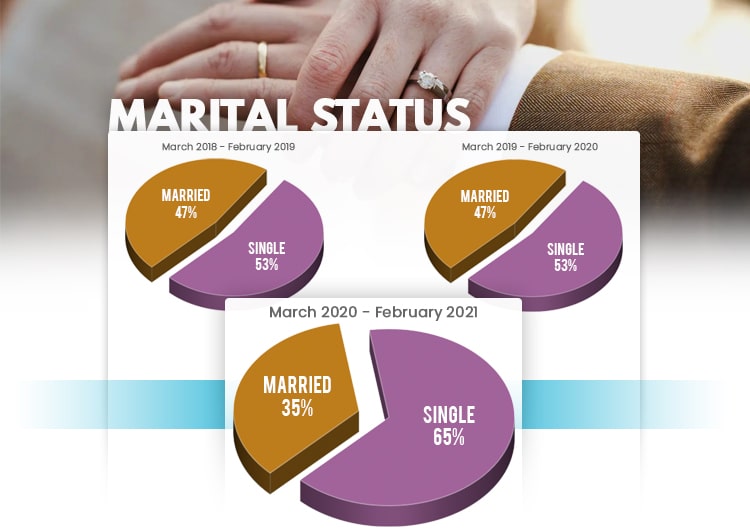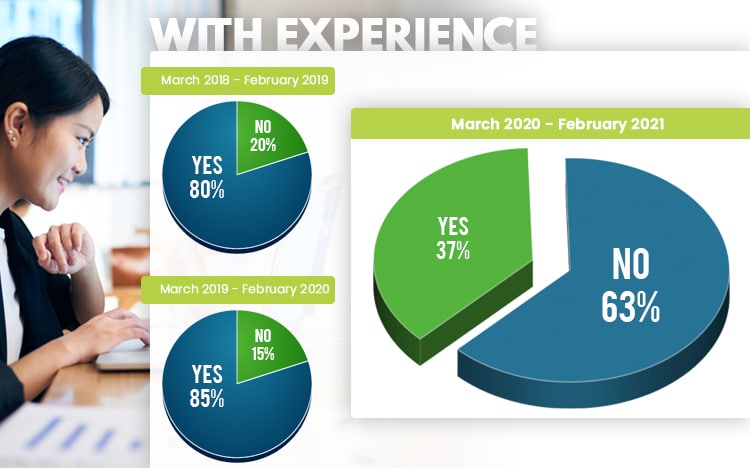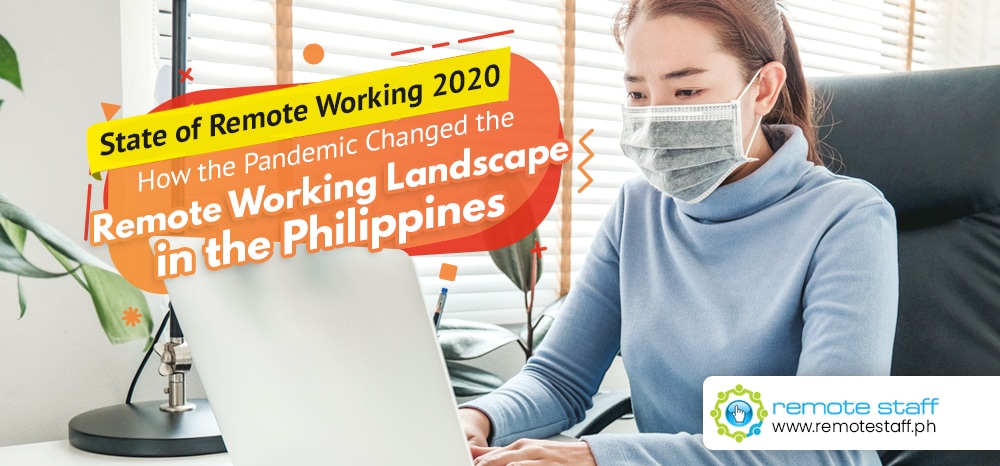Remote working and freelancing is not a new concept. Some companies, both local and international, opted to operate online to save some expenses and access to global talent.
In this light, they can prosper in the comforts of their home while minimizing costs. But some companies are skeptical. I mean, how can you ensure productivity when you don’t monitor your employees. And it’s too big of a move to implement.
With the global pandemic, every single company was forced to adopt a remote working setup. We need to be safe from the spread of the coronavirus. But we also need to adapt because livelihoods are at stake.

Pandemic in the Philippines
The Philippines is heavily hit by the pandemic. Both the health sector and the economy is overwhelmed. 2020 closed with an unemployment rate of 10.4 percent, which is the highest in 15 years, due to the closure of thousands of businesses. And 70% of MSMEs were forced to close, according to a study by ADB. While not for all, some companies opt to adapt and have a remote setup. Not to mention, we are ranking 31st in COVID cases as of writing.
And for the employees, a lot are retrenched and forced to find new sources of income to stay afloat. A lot of people are shifting to remote work. Based on the data we gathered from our database, here are some trends in Remote working.
(For comparison purposes, we used the data spanning 12-month from March to February to compare the impact of the lockdown, which started March 15, 2020)
Increase in Sign-Ups

A lot of Filipinos are now open to remote working. After all, most need to adapt to survive the current economic landscape. Based on the data above, there’s a soaring increase in sign-ups on our website.
The number of unique sign-ups more than tripled from last year.
Gender

As to gender, females still around 60% of the applicants. It might be because most women stay-at-home and are now looking for sources of income they can do well online. And most male heads of the family work in offices or on-site.
Marital Status

For past data, most remote working applicants are Married. But there’s a clear shift during the pandemic. The number of single applicants grew to 65%. It goes to show that remote working is now a viable option for many, even singles.
With Experience

Before the pandemic, most of the interest comes from people who have done remote working already. But there’s a significant shift after the pandemic. Applicants without online working experience exceed those with experience.
This goes to show that people are looking for opportunities and are willing to learn and adapt during these uncertain times.

Remote Working Productivity
There’s no productivity study published yet in the Philippines. But abroad, there’s a study by Enterprise Technology Research (ETR) regarding productivity. Of the 1,000 CIOs interviewed, 48.6% say that productivity has improved.
And this is relatively consistent with the study by Harvard stating that knowledge workers are more productive from home. It even says that the lockdown helps workers take responsibility for their own schedules. Over 50% of the activities are done through personal choice because they are seen as necessary.

Problematic Internet
Remote work needs a stable Internet connection. But do we have that stability in the Philippines? We all know how faulty our connections are that we even ask “how fast should our Internet be in the Philippines?”
Filipino are struggling with these connectivity headaches. Hopefully, with the entry of DITO Telecommunity, the internet providers will step-up their game.

Will People Return to the Office?
The pandemic is like a global experiment of the benefits of Remote work. Companies like Facebook and Twitter are implementing indefinite Work-from-home. Are the companies in the Philippines having the same thoughts?
Some are still hesitant because some think the Philippines is not work-from-home friendly. But even before the pandemic, the Philippines is ranking in the top countries for online work.
Is it a matter of not-friendly, or are we just not accepting it yet?
I mean, a lot of office workers would want those extra hours saved just from Metro Manila traffic. That can mean learning a new skill, having a side hustle, or more time for your family and things that matter most.
At the very least, companies are offering a hybrid set-up, where partially employees are scheduled to work remotely and in the office.
Conclusion
As of the moment, the pandemic poses a lot of challenges. But most are adjusting with remote working as a leeway. After all, both companies and individuals are starting to understand the power of online work. We won’t be surprised if it continues to grow in the coming years ahead. Cheers!

